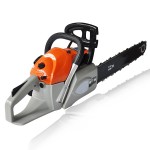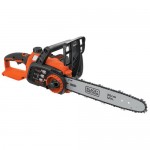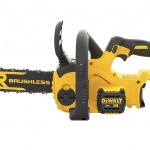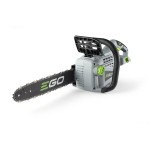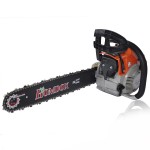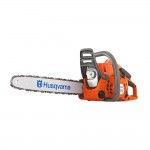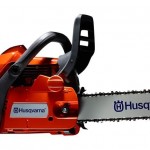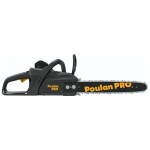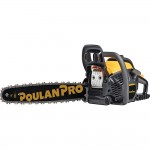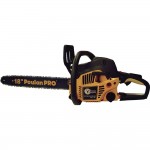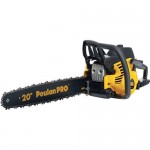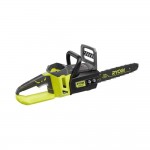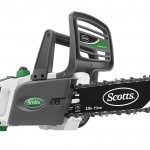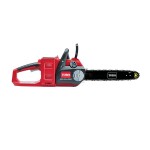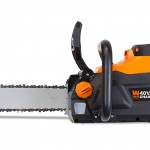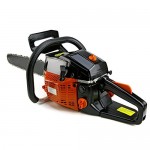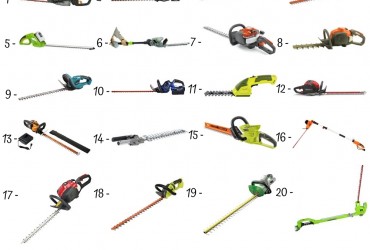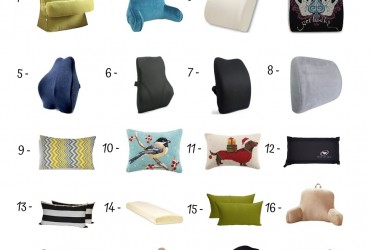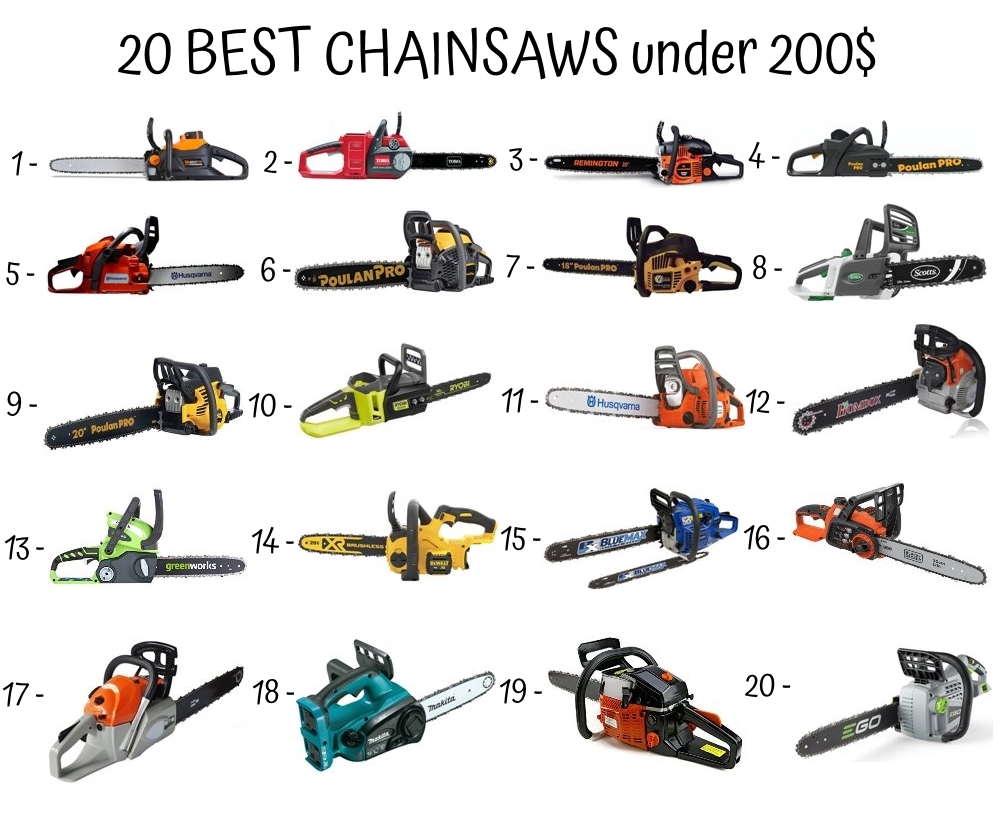
This list ranks the best chainsaws under 200$. Do you see your favorites on this chainsaw under 200$ list?
1) WEN 40417 40V Max Lithium Ion 16-Inch Brushless Chainsaw | 2) Toro PowerPlex 51880T Brushless 14″ Cordless Chainsaw | 3) Remington RM4620 Outlaw 46cc 20-inch Gas Chainsaw | 4) Poulan Pro 967044101 40V Chainsaw | 5) Husqvarna 966761806 135 3/8 Pitch .050 Gauge Chainsaw | 6) Poulan Pro 967061501 50cc 2 Stroke Gas Powered Chain Saw | 7) Poulan Pro 967185102 PP4218A 42cc Assembled Chainsaw | 8) Scotts S20510 20-volt SYNC Lithium-Ion Cordless Chainsaw | 9) Poulan Pro PP5020AV 20-Inch 50cc 2 Stroke Gas Powered Chain Saw | 10) Ryobi 14 Inch 40-Volt Brushless Chainsaw | 11) Husqvarna 240 2 HP Chainsaw, 952802154 | 12) Homdox 20″ 62cc Gas Powered Chainsaw | 13) GreenWorks 2000219 40V 12″ Cordless Chainsaw | 14) DEWALT DCCS620B 20V Max Compact Cordless Chainsaw | 15) Blue Max 8901 2-in-1 14-Inch/20-Inch Combination Chainsaw | 16) BLACK+DECKER LCS1240 40V MAX Lithium Ion Chainsaw | 17) Binxin 20-Inch 62cc 4.2HP petrol Chain Saw | 18) Makita XCU02Z 18V X2 (36V) LXT Lithium-Ion Cordless 12″ Chain Saw | 19) XtremepowerUS 22″ 2.4HP 45cc Gasoline Gas Chainsaw | 20) EGO Power+ 14-Inch 56-Volt Lithium-Ion Cordless Chain Saw |
Know Your Capabilities
If you don’t feel you have the skills for the job, there’s no shame in getting a professional to do it for you. Only a professional should attempt to cut down trees.
Match the size and type of your chainsaw to the job at hand. Smaller chainsaws are less powerful and easier to use if you are new to using them, but limited in the size of tree they can cut. A larger, more powerful chainsaw is suited to felling larger trees. The guide bar length is also important – shorter ones are for using on branches, longer ones for felling.
Check Your Chainsaw
Before you start working with your chainsaw, check that:
- all parts are lubricated
- the chain is the right tension
- the teeth or cutting edges are sharp
- the depth gauge settings are correct
- all safety devices are in place and working
- there are no loose parts or bolts – if anything is missing or adjusted incorrectly, don’t use the chainsaw and take it to a qualified repair person
Check Your Work Area
Look for anything that could trip you up, such as electrical cables, or people (especially children, who should not be around in the first place) who might get in the way. Also check nothing is going to fall on you while you’re working, such as debris from higher up a tree.
Never Drop-Start a Saw
Use cold start or warm start positions only. If you drop-start a saw it could swing in an arc and cause a serious injury.
Watch for Kickback
Kickback (when the guide bar is thrown back towards you in an uncontrolled arc) can happen at any time. Usually the upper part of the bar nose hits a solid object or light material, or it’s pinched while cutting.
It can also happen if your chain is loose or the depth gauge setting is too low. Most modern saws have a protective leather mitt attached to the front handle that can protect your hand and help prevent kickback. If your saw has one of these, make sure you use it correctly.
To reduce kickback:
- hold the chainsaw firmly with both hands
- always be aware of the location of the tip of the chainsaw – if possible, don’t let it touch anything
- take care when cutting light material (eg, twigs) that may catch in the chain
- use extreme caution re-entering a cut
- don’t over-file the depth gauges
- test the chain brake to make sure it works
Safe Chainsaw Use Requires Key Daily Saw Checks
Throttle lock-out – ensures the throttle only functions when the rear handle is held securely, check that the trigger cannot be operated until the lockout is depressed.
Mitt – attaches to this bar to prevent your left hand coming off the front handle so long as your left thumb is held correctly under the handle.
Muffler – reduces noise and directs exhaust gases away from the operator
Spark arrester – catches sparks in the exhaust gases. Set carburettor so chain is stationary when saw is idling.
Rear hand guard – protects the right hand from debris and broken chains. Check the chain for cracked rivets or links.
Anti-vibration mounts – reduces the amount of vibration felt by the operator’s hands. Should be checked every time you use it for wear.
On-off switch – can quickly turn saw off with thumb when holding rear handle with right hand. Test every time you use chainsaw to make sure the engine stops immediately.
Chain catcher – catches the chain if it breaks and prevents it from hitting the operator. Check every time you use chainsaw to make sure it is undamaged.
